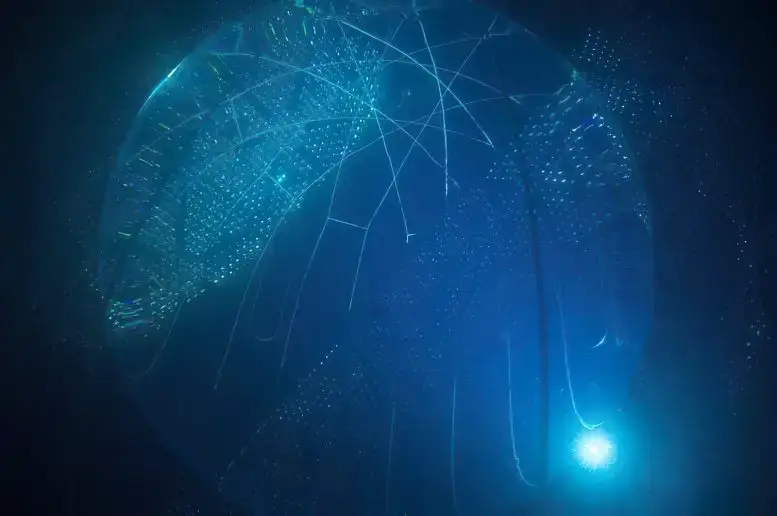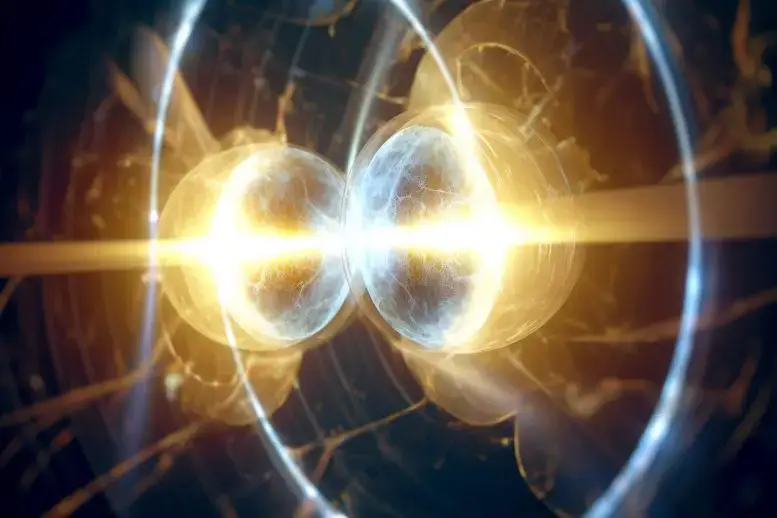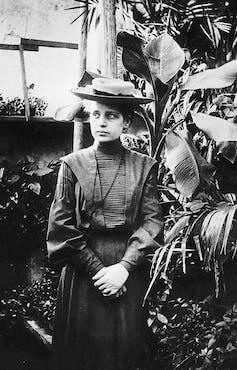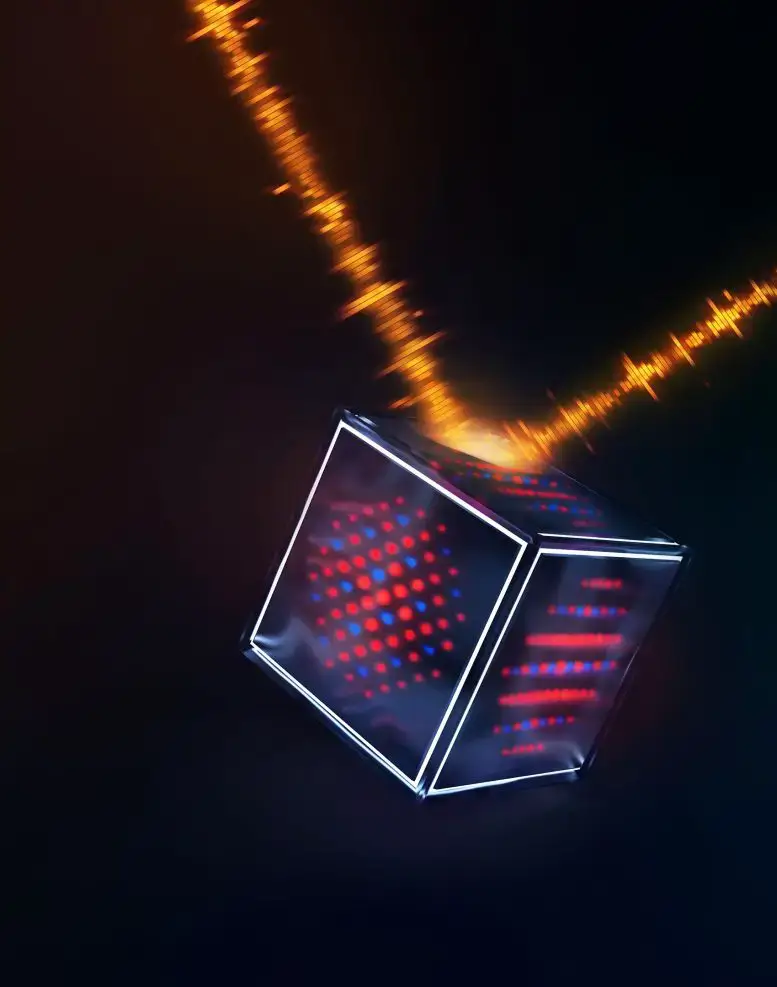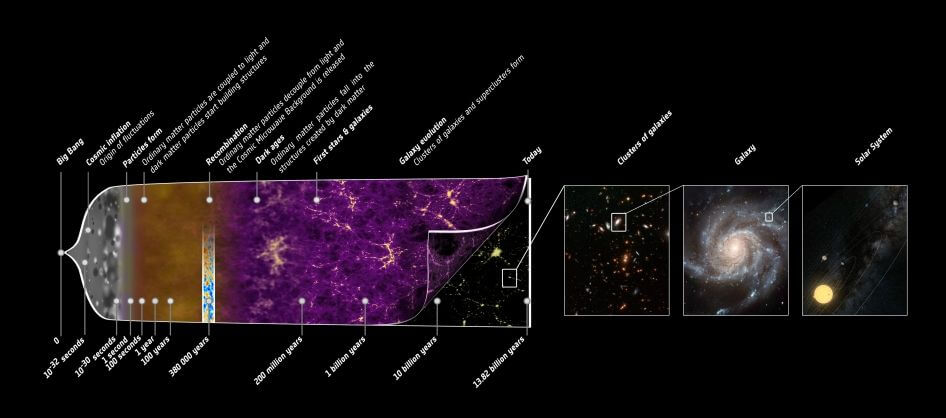For the first time ever, the SNO+ experiment demonstrated the ability to detect neutrinos emitted from a nuclear reactor located more than 240 km away using natural water.
Science
Therefore, devices of immense size and high sensitivity are required to capture the tiny signals from neutrinos. The SNO+ experiment recently demonstrated that a detector filled only with water can detect reactor neutrinos, despite the fact that neutrinos create only small signals in the detector.
The impact
Like SNO+, such detectors would still need to be very clean of any radioactivity, large (SNO+ contains 1,000 tons of water), and capable of detecting the tiny amount of light produced by neutrinos. The use of water, however, means that very large detectors are possible and a real option for seeing even very distant reactors.
Summary
Scientists have long thought that the tiny signals (only 10-20 photons) created by reactor neutrinos in a water-based detector would make it impossible to detect those neutrinos, particularly when the detector was far from the reactor and the speed of these signals was very low .
By ensuring the detector was clean of even traces of radioactivity and having a lower energy threshold than any water detector ever built, SNO+ was able to see these signals and show that they came from nuclear reactors at least 240 kilometers (150 miles ) distant. Measurement was still quite difficult, as backgrounds (false events) of residual radioactivity and neutrinos created in the atmosphere by cosmic rays had to be identified and removed.
Water detectors have several advantages. They are inexpensive and can be very large, making them useful for reactor monitoring across international borders. Improvements to such monitoring, including the use of water-based liquid scintillators or loading water with gadolinium, both of which would increase signal size, are being tested by other collaborations.
Reference: Evidence of Antineutrinos from Distant Reactors Using Pure Water at SNO+ by A. Allega et al. (The SNO+Collaboration), March 1, 2023,
This work is from the SNO+ Collaboration, an international collaboration of roughly 100 scientists from the United States (the University of Pennsylvania, the University of California at Berkeley and Lawrence Berkeley National Laboratory, the University of California at Davis, Brookhaven National Laboratory, Boston University, and the University of Chicago), Canada, the United Kingdom, Portugal, Germany, China, and Mexico. SNO+ is located in SNOLAB, the Canadian underground laboratory.
SNO+ is funded by the Department of Energy Office of Science, Office of Nuclear Physics and has received funding from the National Science Foundation and the Department of Energy National Nuclear Security Administration through the Nuclear Science and Security program. Funding in Canada comes from Canada Foundation for Innovation, Natural Sciences and Engineering Research Council, Canada Institute for Advanced Research, Queens University, the Ontario Ministry of Research, Innovation and Science, the Alberta Science and Research Investments Program, the Federal Economic Development Initiative for Northern Ontario, and the Ontario Early Researcher Awards. In the United Kingdom, funding has come from the Science and Technology Facilities Council, the European Unions Seventh Framework Programme under the European Research Council grant agreement, and the Marie Curie grant agreement. Funding has also come from the Fundao para a Cincia e a Tecnologia (FCT-Portugal), the Deutsche Forschungsgemeinschaf in Germany, DGAPA-UNAM and Consejo Nacional de Ciencia y Tecnologa in Mexico, and Discipline Construction Fund of Shandong University in China.
